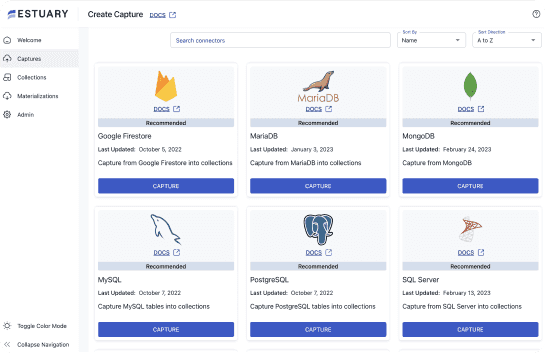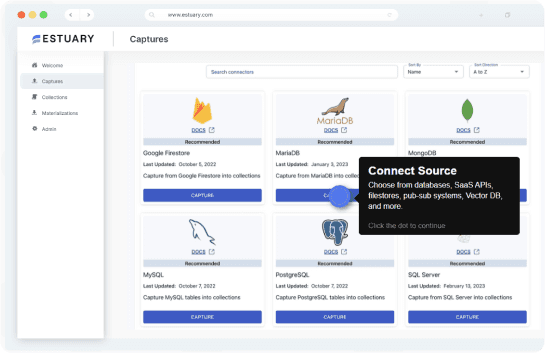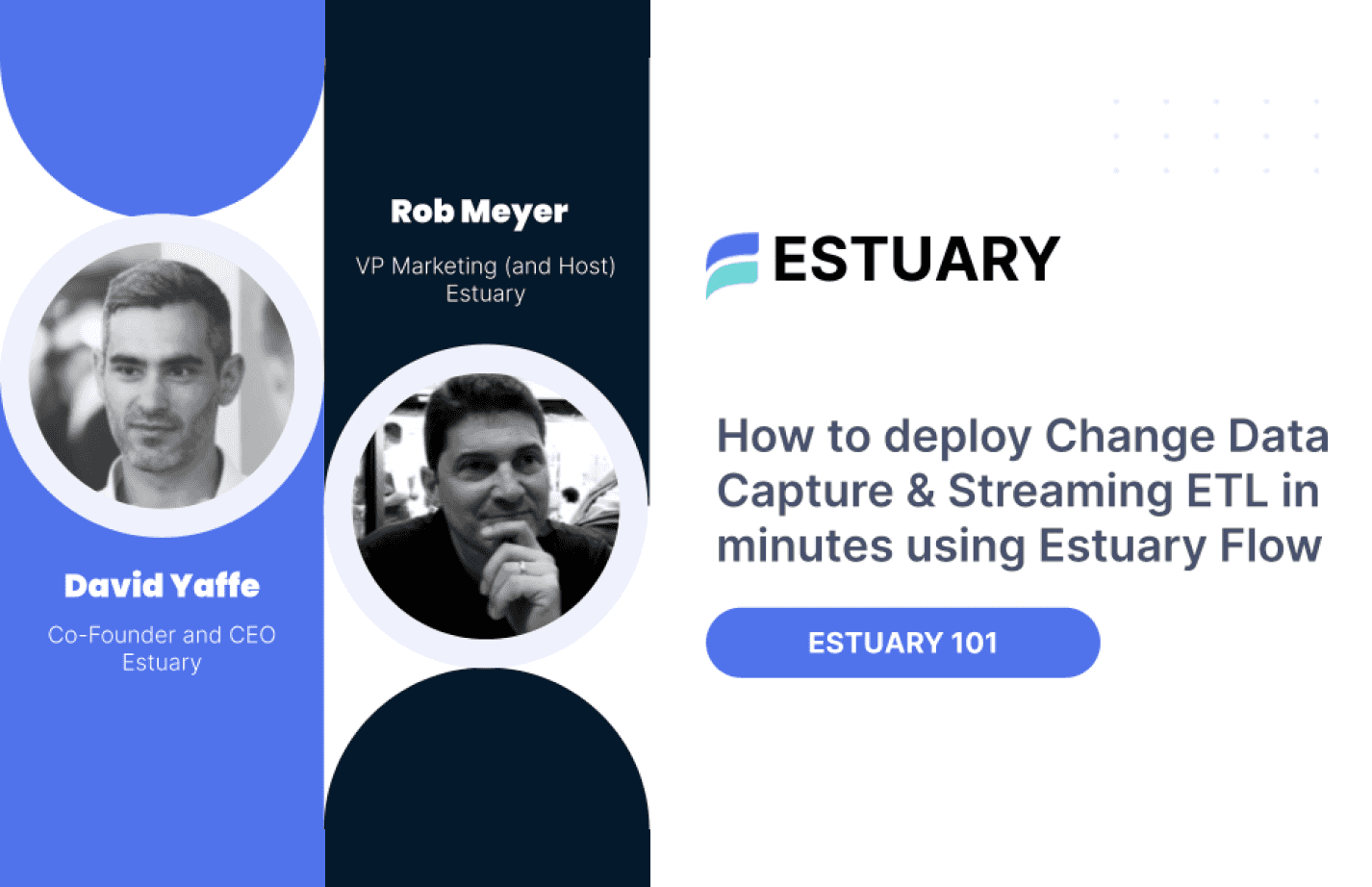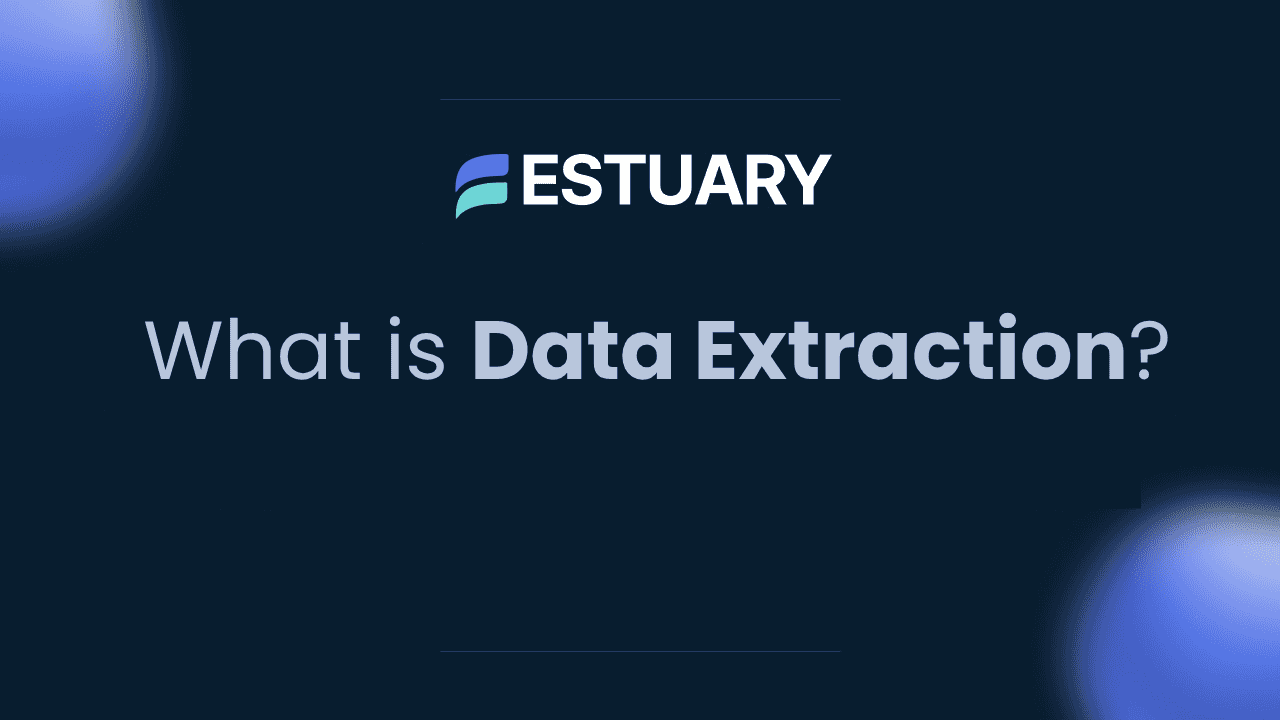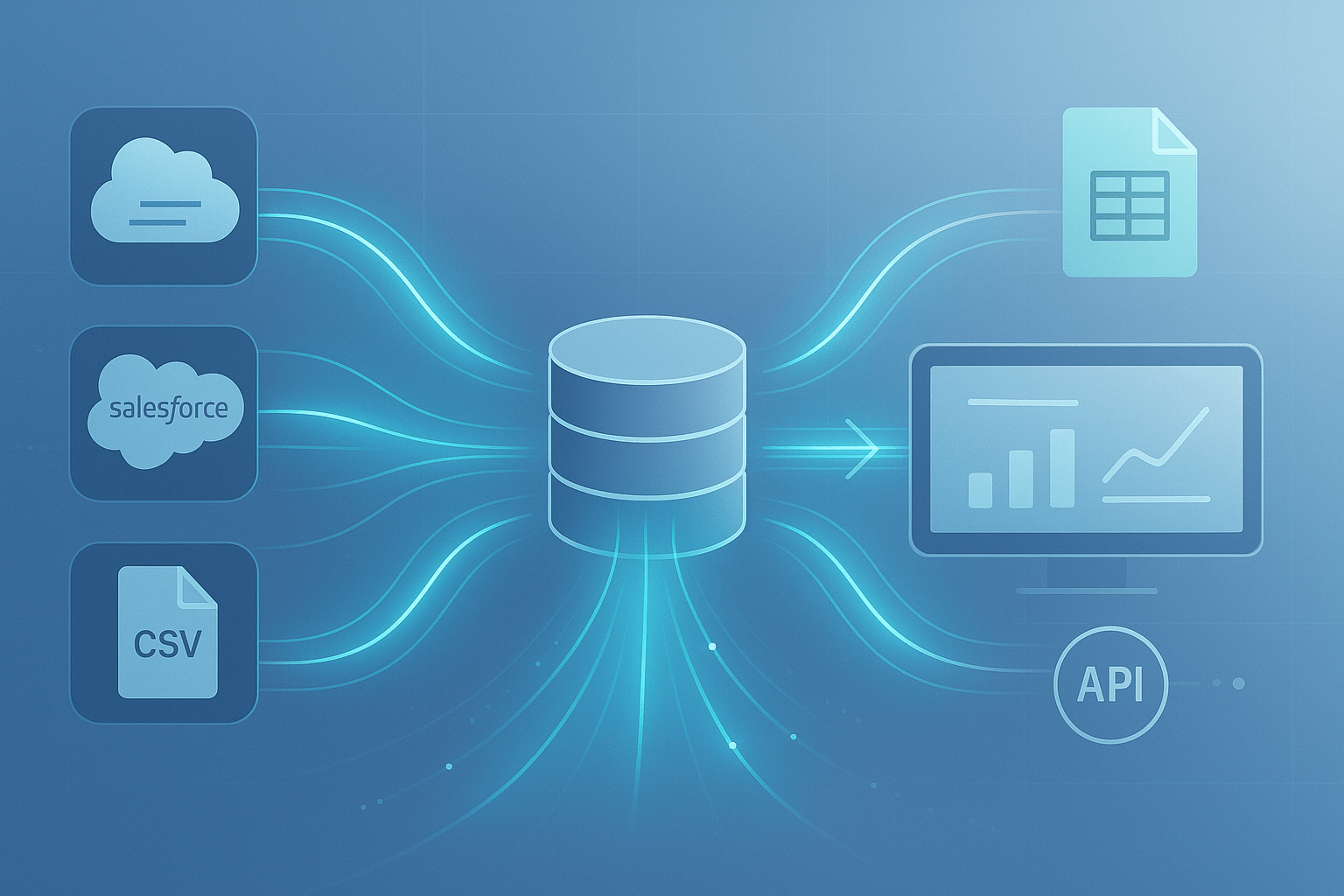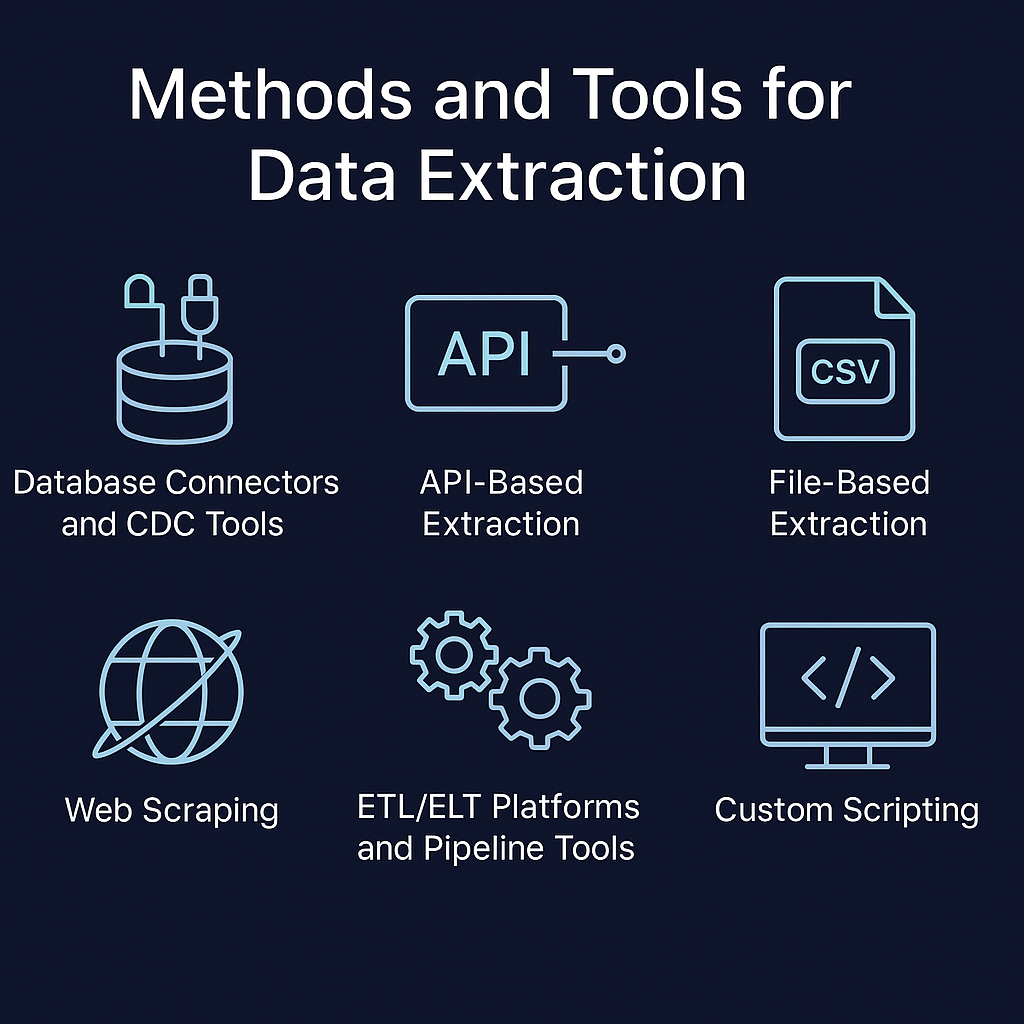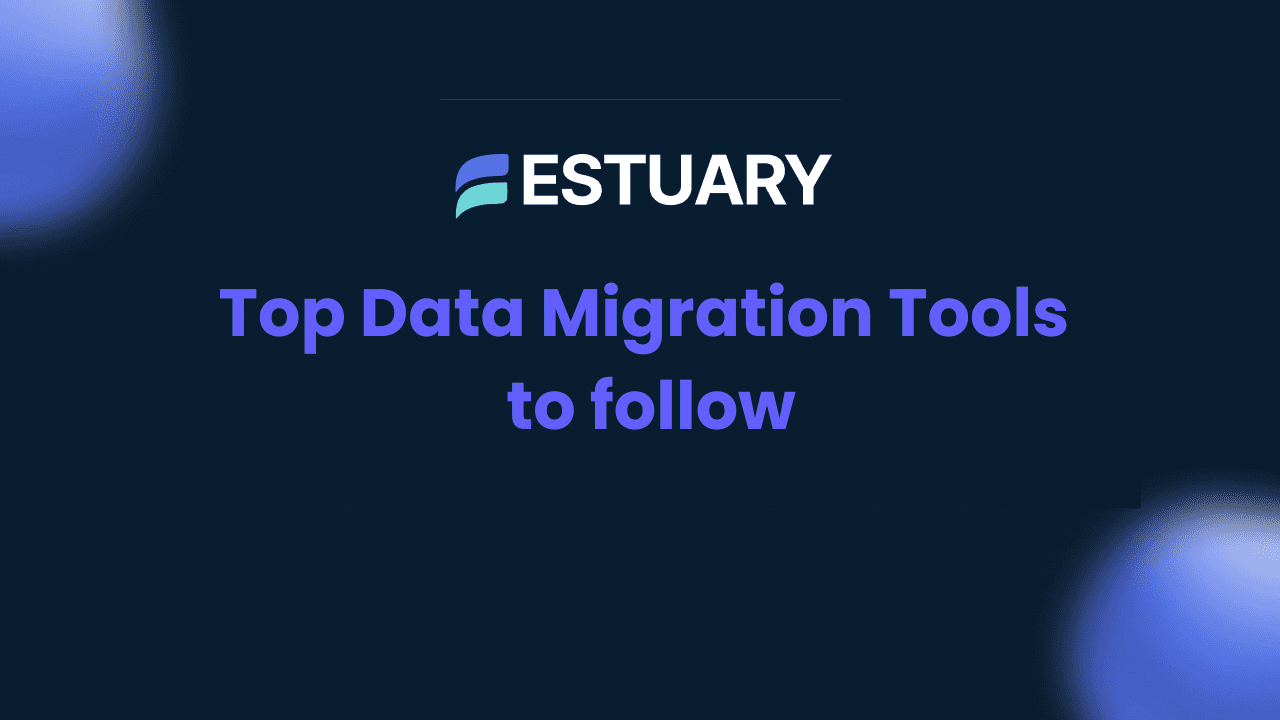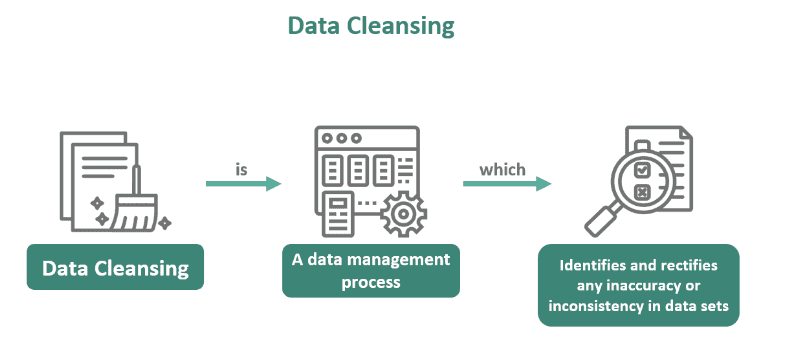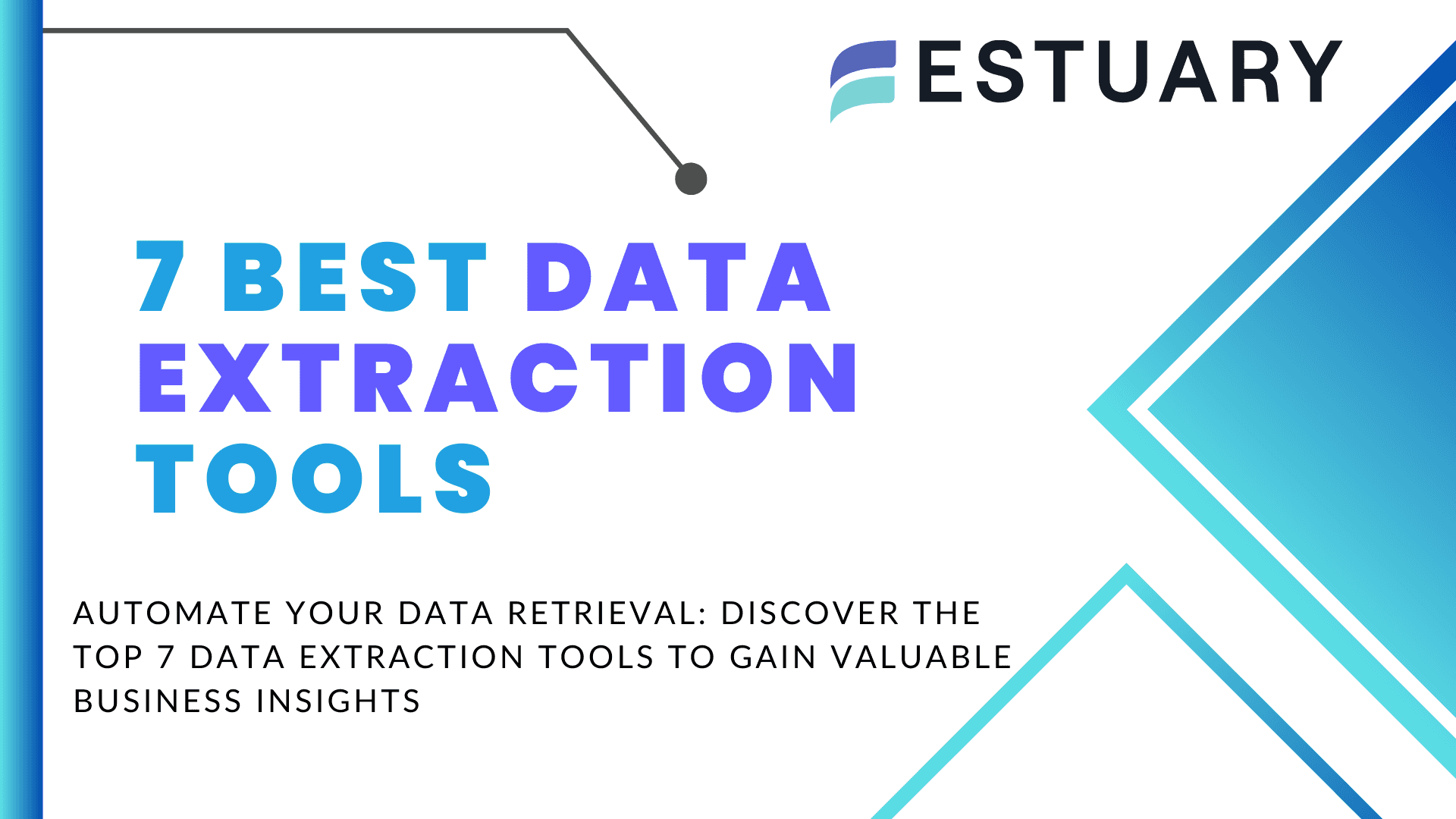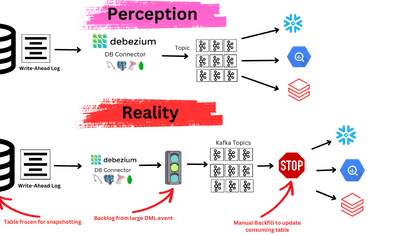
Organizations collect vast amounts of data from sources like databases, SaaS tools, websites, IoT devices, and internal documents. Data extraction is the essential first step in turning this raw, distributed data into something useful. It involves pulling information from multiple systems and consolidating it in a centralized location where it can be cleaned, transformed, and analyzed.
Extraction is the foundation of both ETL and ELT workflows. It gathers the raw input needed for transformation and loading, regardless of whether that happens before or after landing in the destination system. Without reliable extraction, there’s no fuel for data pipelines, no accurate analytics, and no up-to-date dashboards.
This article explores what data extraction is, why it’s important, the different methods and tools available, key challenges, and best practices for building scalable, efficient extraction workflows.
What is Data Extraction?
Data extraction is the process of collecting data from one or more sources and moving it to a staging area or target system such as a database, data warehouse, or data lake for further processing and analysis. These sources can include structured tables in relational databases, semi-structured logs, or unstructured files like PDFs and emails.
The goal is to unlock data from its original formats and make it available in a centralized, usable form. This might involve querying databases, calling APIs, scraping web pages, or scanning documents depending on the source.
While extracted data often requires cleaning or transformation before it’s ready for analysis, the extraction step is focused on accessing and exporting data from source systems. It lays the groundwork for data integration by bringing together information that would otherwise remain siloed.
Key point: Data extraction is the first phase in both ETL and ELT pipelines. In ETL, data is transformed before loading. In ELT, it is loaded in raw form and transformed later. In either case, a reliable extraction process is essential for accurate, complete, and timely analytics.
Why is Data Extraction Important?
For businesses and data teams, effective data extraction provides several major benefits:
- Consolidation of Siloed Data: Organizations rely on many tools and systems. Extraction consolidates data from databases, SaaS apps, and files into one place, giving teams a unified view and enabling deeper insights.
- Enabling Analytics & BI: Data must be extracted and centralized before it can be used for reporting, dashboards, or machine learning. Without it, critical insights remain locked in operational systems.
- Efficiency and Automation: Manual data gathering is slow and error-prone. Automated extraction pipelines continuously or periodically pull data, freeing up engineers to focus on higher-value tasks.
- Improved Data Quality and Consistency: When done as part of an ETL/ELT process, extraction can be accompanied by data cleansing and standardization. Automated extraction pipelines reduce the human errors that often occur in manual data entry or copying. Many extraction tools will apply basic validations or track changes, helping maintain higher data quality. Consistent extraction methods also ensure that data from different sources is formatted and documented in a uniform way for downstream use.
- Timely and Real-Time Insights: With advanced extraction methods (like CDC-based streaming, discussed later), organizations can get data out of source systems in near real-time. Rather than waiting for a nightly batch job, data can flow continuously, enabling up-to-the-minute dashboards and rapid decision-making.
- Scalability as Data Grows: As data volume grows, scalable data extraction tools can handle large loads and multiple sources without slowing down, keeping your pipelines reliable.
- Supporting Migrations and M&A: When moving to new platforms or merging systems, extraction is what makes legacy data accessible and portable, enabling smoother transitions.
Data Extraction in the ETL Process
To appreciate extraction in context, let's briefly look at how it fits into ETL/ELT and modern data engineering workflows:
- Extract: In this first phase, data is taken from one or more source systems. The extraction process locates the relevant data and pulls it out, preparing it for processing. This may involve dumping entire tables, reading incremental changes, or gathering files, depending on the use case. The result is typically a raw dataset or stream that represents the source data in a form ready for the next step.
- Transform: After extraction, the raw data often needs transformation – cleaning, deduplicating, reformatting, aggregating, or enriching it to make it useful. For example, null or missing values might be handled, inconsistent codes standardized, and data from multiple sources merged. In traditional ETL, these transformations happen before loading into the final destination. (In an ELT approach, the raw data would be loaded first, and transformations happen within the target system, but the conceptual tasks of cleaning and organizing the data remain the same.) The main point is that extraction provides the input to this crucial cleaning/transforming phase.
- Load: The final step is loading the transformed (or raw, for ELT) data into its destination – often a data warehouse, data lake, or analytics database. After loading, the data is ready for use in analysis, reporting, or machine learning. In both ETL and ELT, a well-executed extraction ensures that the data loaded is as comprehensive and correct as possible.
Getting extraction right is critical—if you miss records or fail to capture changes, no amount of transformation can fix the gaps. For example, skipping even a day's worth of sales data can lead to inaccurate analytics. That’s why data engineers invest heavily in building reliable extraction pipelines that can handle schema changes, rate limits, and network interruptions.
Depending on the use case, data extraction typically happens in one of the following modes:
1. One-Time Full Extraction
This method pulls all data from a source in a single operation. It’s often used when setting up a new data warehouse or performing a historical backfill. While comprehensive, full dumps can be time-consuming and resource-intensive, so they’re usually reserved for infrequent or initial loads.
2. Incremental Extraction
After an initial load, incremental methods extract only new or changed data. This reduces load on the system and speeds up transfers. There are two main approaches:
- Batch Incremental: Data is extracted on a schedule (e.g., hourly or daily), typically using a timestamp or version column to detect changes.
- Streaming Incremental: Changes are captured in real time, often using change data capture (CDC) or event logs, allowing near-instant updates and minimal latency.
3. Unstructured Data Extraction
Not all data is neatly stored in databases or APIs. Extracting from PDFs, images, emails, or logs often requires techniques like OCR, text parsing, or even machine learning. These pipelines are more complex due to the lack of structure and often require additional transformation to make the data usable.
Choosing the right extraction mode depends on your data sources, update frequency, and downstream requirements. Many modern pipelines blend these approaches to support both real-time syncs and batch workflows.
Methods and Tools for Data Extraction
Over the years, the methods of data extraction have evolved significantly. Early on, engineers might write custom scripts or SQL queries to pull data, but today there is a rich ecosystem of tools that streamline extraction. Here are some common methods and tool categories related to data extraction:
1. Database Connectors and CDC Tools
To extract data from databases, teams often use built-in connectors or tap into change logs. Traditional methods involve SQL queries or full dumps. More modern pipelines rely on Change Data Capture (CDC) to stream inserts, updates, and deletes in real time. Tools like Debezium and Estuary offer CDC-based connectors that minimize source load and ensure up-to-date syncs.
2. API-Based Extraction
Many SaaS platforms expose REST or GraphQL APIs for data access. API-based extractors connect using credentials and handle pagination, rate limits, and schema variations. Tools with pre-built SaaS API connectors (e.g., for Salesforce, HubSpot, or Google Analytics) simplify this process and are essential for cloud app integration.
3. Web Scraping
When no API is available, web scraping can extract data directly from HTML pages. Tools like BeautifulSoup, Scrapy, or Import.io help parse site content. While useful, scraping is fragile and should be used cautiously due to potential legal and ethical issues.
4. File-Based Extraction
Many workflows rely on ingesting files such as CSV, JSON, or XML. These may come from FTP servers, cloud storage like S3 or GCS, or local file systems. File-based extraction tools parse and transform these files for downstream use, often converting semi-structured data into flat tables for analysis.
5. ETL/ELT Platforms and Pipeline Tools
Integrated platforms like Apache NiFi offer libraries of pre-built connectors and handle the heavy lifting of extraction, scheduling, retries, and schema management. Tools like this are ideal for teams that want to move fast and avoid managing connectors manually.
6. Custom Scripting
Sometimes custom scripts in Python or SQL are still necessary, especially for legacy systems or unique edge cases. While flexible, these require more maintenance and are prone to break when source systems change. Most teams now favor managed or open-source tools to reduce technical debt.
Best practices for any extraction method include setting up monitoring and alerts (to catch extraction failures or anomalies in data volume), implementing idempotency or checkpoints (so that if a job fails halfway, it can resume without duplicating data), and respecting the load on source systems (so that extraction processes do not disrupt operational databases or services).
Challenges in Data Extraction
Data extraction sounds simple in theory, but in reality, it comes with a variety of technical and operational hurdles. Here are some of the most common challenges:
1. Diverse Data Formats
Organizations deal with structured (SQL), semi-structured (JSON, XML), and unstructured (text, images, PDFs) data. Standardizing these formats for downstream processing can be complex and often requires additional tools or parsing logic.
2. Changing Source Systems
Schemas evolve, APIs change, and credentials expire. Pipelines that worked yesterday might break today. Managing schema drift and source changes requires flexible extraction tools with auto-discovery and schema evolution support.
3. High Volume and Performance Load
Large-scale data extraction can strain systems or networks. Extracting millions of records from a production database, for example, may impact performance. Incremental methods and streaming pipelines help spread the load and improve efficiency.
4. Data Consistency and Quality
Data from multiple systems may be incomplete, duplicated, or out of sync. Without proper validation (like checksums or row counts) and strategies like timestamp-based extraction or snapshot isolation, it's easy to introduce inaccuracies into your pipelines.
5. Security and Compliance
Extracting and transferring sensitive data (like PII or financial records) must be done securely. This includes encryption in transit, strict access controls, audit logs, and adherence to regulations like GDPR or HIPAA.
6. Manual Extraction Risks
Manual processes (e.g., exporting CSVs by hand) are error-prone, hard to scale, and difficult to reproduce. They often lead to delayed or incomplete data. Automating extraction is the best way to reduce risk and improve reliability.
Solving these challenges requires the right mix of tools, automation, and operational discipline. Teams that prioritize reliability and flexibility in their extraction processes see better outcomes in both data quality and decision-making speed.
How Estuary Handles Data Extraction
Estuary Flow is a real-time data integration platform built to simplify and scale data extraction across a wide range of sources. At the core of its design is the concept of captures—tasks that continuously ingest data from external systems using specialized connectors. These connectors extract data and stream it into Flow collections, which serve as validated, structured datasets within the platform.
Real-Time and Batch Extraction in One Platform
Estuary specializes in real-time data extraction using Change Data Capture (CDC). For transactional databases like PostgreSQL, MySQL, and MongoDB, Estuary taps directly into change logs to stream every insert, update, and delete as it happens. This results in low-latency, always-fresh pipelines that eliminate the need for periodic batch jobs.
At the same time, Estuary supports batch-oriented extraction for sources that don’t offer streaming access. It can pull data from REST APIs, cloud storage, or SaaS apps like Salesforce on a fixed schedule, making it a flexible solution for both real-time and periodic syncs.
Key Features and Benefits
- Broad Connector Support: Estuary offers pre-built connectors for relational databases, cloud stores, messaging systems like Kafka, file systems, and dozens of SaaS apps. It also supports Airbyte-compatible connectors, extending coverage to nearly any source you might need.
- Streaming by Default: The platform is built on a distributed streaming engine. Data flows continuously from source to destination with minimal configuration. A single change in a source table can be reflected in your target system in seconds, without writing a single streaming job.
- Built-in Transformations and Schema Validation: Estuary allows SQL-based or custom-code transformations during extraction. You can filter, enrich, or restructure data on the fly. All extracted data is schema-validated to prevent drift and ensure downstream consistency.
- Scalable and Resilient: Designed for high-volume use cases, Estuary handles millions of records without performance issues. It supports backpressure-aware processing and stateful recovery, so pipelines can pick up right where they left off in case of a failure.
- User-Friendly Interface: With both a web UI and CLI, Estuary is accessible to engineers and analysts alike. Setup is fast—choose a connector, enter credentials, and auto-discover source data. One-click publishing gets pipelines live in minutes.
Estuary abstracts away the complexity of real-time and batch data extraction. It gives data engineers the tools to move fast and build reliable pipelines without glue code. For decision-makers, it means always having access to fresh, trusted data, ready for analytics, reporting, or AI.
(To illustrate, imagine a use case: a company wants to sync its production PostgreSQL database to a Snowflake warehouse for analytics. With Estuary, you would set up a PostgreSQL CDC capture connector and a Snowflake materialization. Estuary would continuously extract new transactions from Postgres in real-time and load them into Snowflake, handling all the heavy lifting of reading the write-ahead log, converting it to structured JSON, and applying it to Snowflake. The data team gets a live replication without writing custom code, and analysts can query Snowflake knowing it reflects the latest production data.)
Best Practices and Final Thoughts
Effective data extraction isn’t just about pulling data—it’s about doing it reliably, securely, and at scale. Here are key best practices to follow:
- Know Your Sources and Goals: Start by auditing all your data sources and determining which ones are critical. This will help you decide if you need real-time extraction or if scheduled batches are sufficient, and what tools or connectors are best suited for the job.
- Automate and Monitor Everything: Avoid manual processes whenever possible. Use reliable platforms or scripts to automate extraction, and set up monitoring and alerts to catch failures, volume anomalies, or schema mismatches before they become problems.
- Be Smart About Incremental Extraction: If you're pulling data incrementally, have a clear method for tracking changes (via timestamps, CDC logs, etc.). Make sure your pipelines account for inserts, updates, deletes, and edge cases like late-arriving or out-of-order data.
- Prioritize Security and Compliance: Use encrypted connections and secure storage when handling sensitive data. Apply strict access controls and comply with data residency rules. If using third-party tools, understand where and how your data is stored and moved.
- Track and Evolve Schemas: Keep schema documentation up to date, and be prepared for changes in source structures. Use tools that support schema evolution to reduce manual effort. Communicate changes with downstream data consumers to avoid surprises.
Data extraction is foundational to any analytics, AI, or operational intelligence effort. Done well, it gives teams fast, reliable access to the data they need. Done poorly, it becomes a bottleneck that undermines trust in the entire data stack.
Whether you're building pipelines from scratch or using a modern platform like Estuary, the key is consistency, observability, and adaptability. Solid extraction practices are what separate reactive teams from truly data-driven organizations.
Next Steps
1. Want to see real-time data extraction in action?
Get started with Estuary Flow and set up your first pipeline in minutes—no code required.
2. Not sure where to begin?
Talk to a data expert to explore the best approach for your team’s extraction needs.
FAQs
How does real-time data extraction work?
Why is data extraction important?

About the author
With over 15 years in data engineering, a seasoned expert in driving growth for early-stage data companies, focusing on strategies that attract customers and users. Extensive writing provides insights to help companies scale efficiently and effectively in an evolving data landscape.

